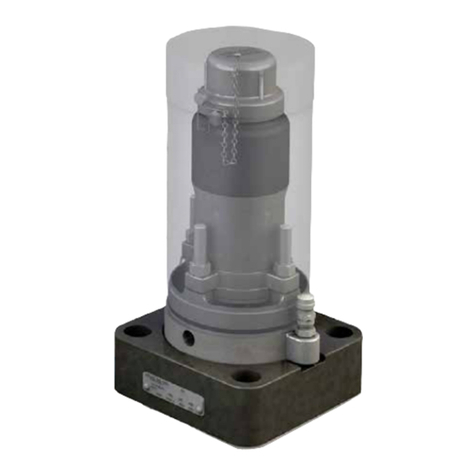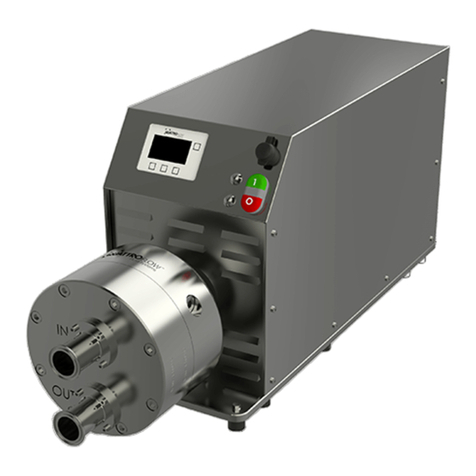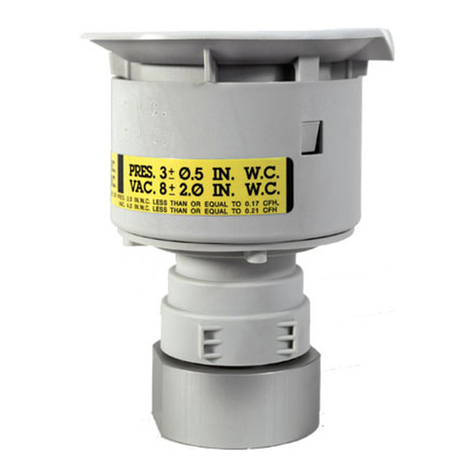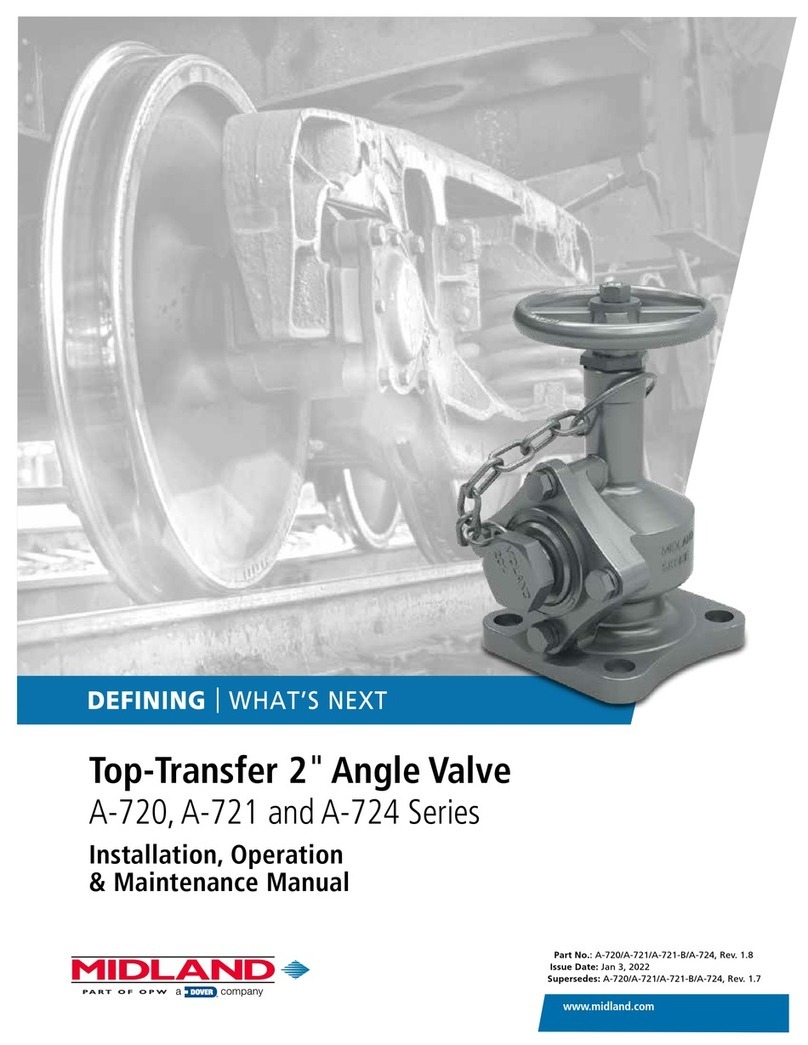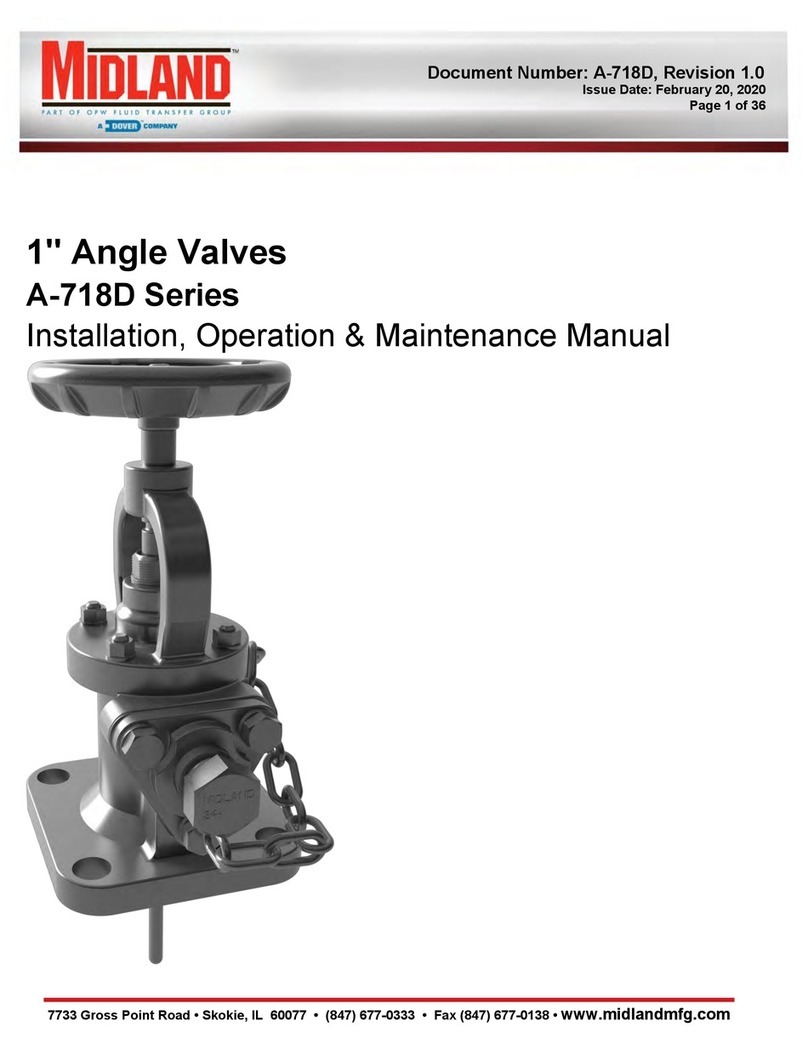
A-547PL, Rev. 1
Page 2 of 34
Manual content is subject to change.
Visit midlandmfg.com for latest IOM revision and revision history.
Table of Contents
1!Regulations and Safety Requirements ...............................................................................................3!
!Regulations.................................................................................................................................. 3!1.1
!Safety Warnings and Precautions ...............................................................................................3!1.2
2!Introduction ......................................................................................................................................... 6!
!Valve Features............................................................................................................................. 6!2.1
!Valve Details................................................................................................................................6!2.2
!Component Identification and Parts Listings ............................................................................... 8!2.3
3!Operating Procedure ........................................................................................................................10!
!Opening the Valve ..................................................................................................................... 10!3.1
!Closing the Valve.......................................................................................................................10!3.2
4!Valve Installation...............................................................................................................................11!
!Installation Procedure and Required Tools................................................................................ 11!4.1
!Leak Inspection.......................................................................................................................... 12!4.2
5!Valve Qualification ............................................................................................................................13!
!Valve Disassembly and Required Tools ....................................................................................13!5.1
!Valve-Disassembly Procedure................................................................................................... 13!5.2
!Component Inspection...............................................................................................................19!5.3
!Valve Reassembly and Required Tools..................................................................................... 24!5.4
!Testing Process .........................................................................................................................31!5.5
6!Routine Maintenance........................................................................................................................ 32!
!Maintenance Procedure............................................................................................................. 32!6.1
!Shaft Packing Gland Leakage ................................................................................................... 33!6.2
